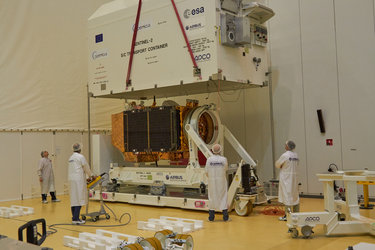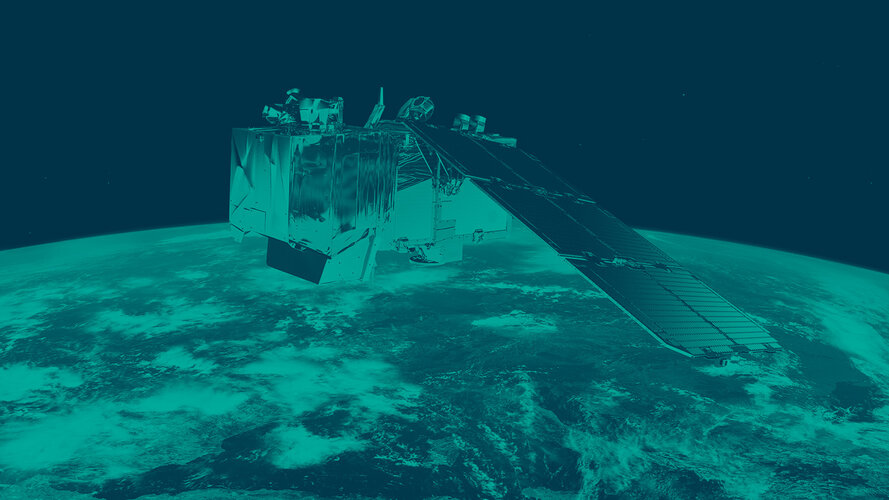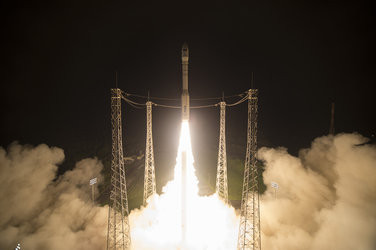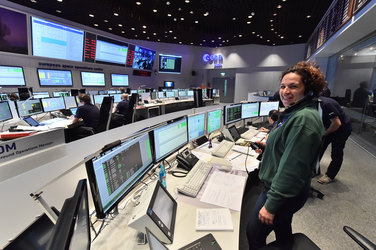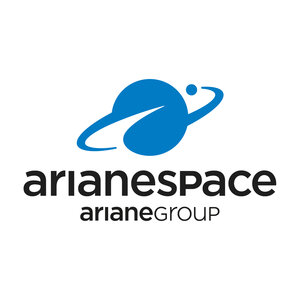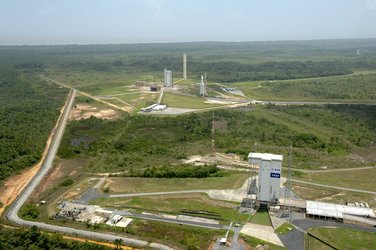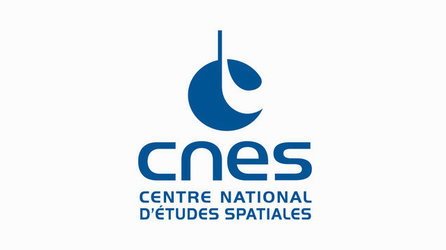Fuel Sentinel-2B: done
As liftoff day draws closer, the Sentinel-2B 'to do' list is shrinking as tasks are ticked off, including the tricky process of fuelling the satellite. And, even despite having to do a few unexpected jobs, everything is on track for launch.
The Copernicus Sentinel-2B satellite will ride into space on a Vega rocket from Europe’s Spaceport in Kourou, French Guiana, on 7 March at 01:49 GMT (02:49 CET; 22:49 local time on 6 March).
It will join its twin, Sentinel-2A, which has been in orbit since June 2015. With each providing 290 km-wide coverage, the time it takes to image the globe will be cut in half to five days.
Josef Aschbacher, ESA’s Director of Earth Observation Programmes, said “This will be the fifth Sentinel launch and we are on course to build up the world’s most ambitious operational Earth observing system.
“This success is a prime example of how Europe can achieve great things together. Copernicus combines the political prowess and leadership of the European Union with the unique technical skills of ESA together with space industry to develop a truly European project.”

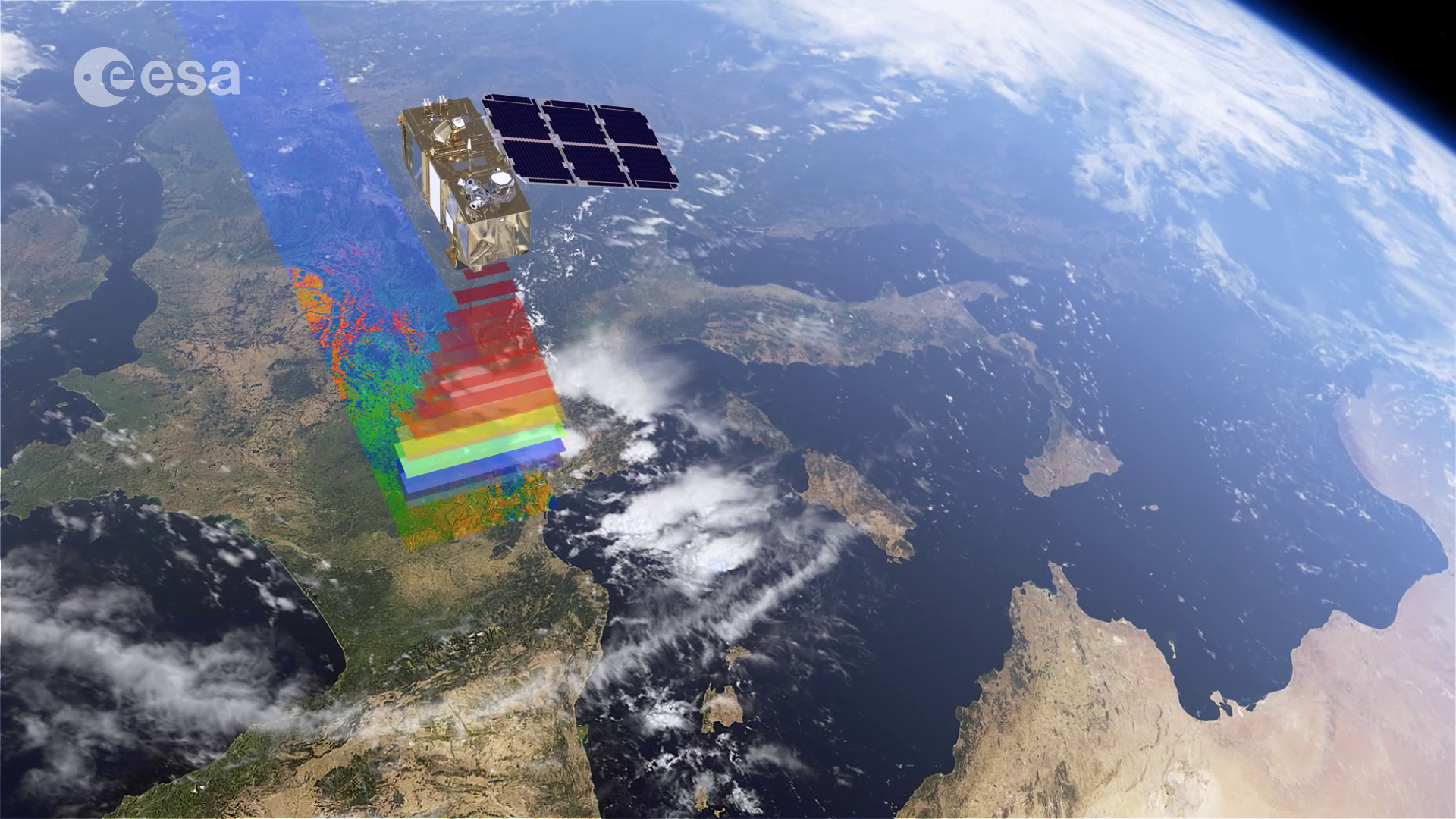
Access the video
The mission couples high resolution with novel spectral capabilities to provide images of Earth for Europe’s Copernicus environmental monitoring programme.
These images are used for practical applications such as monitoring vegetation growth and changes in the way land is used as well as for checking on pollution in lakes and coastal waters.
The Sentinel-2B satellite has been at the launch site since the beginning of the year. Here, it is being tested and readied for liftoff.
One of the most recent tasks was to fuel the satellite – a particularly delicate operation. Hydrazine is extremely toxic, so only a few specialists wearing ‘scape’ suits remain in the cleanroom.

Once filled with 133 kg of hydrazine, the satellite was switched on to check that everything was okay and then the tank was pressurised.
Prior to fuelling, a few unexpected jobs had to be done. To avoid potential problems in orbit, some of the solar wing connectors had to be carefully checked, which required opening the wing. The team also had to change a component used for ‘initial attitude acquisition’.
While these things weren’t on the ‘to do’ list, they highlight the importance of the final checks. They were resolved easily and didn’t affect the schedule.
While preparations progressed in the cleanroom, the Vega rocket has been installed piece by piece in the launch tower.
Another milestone was passed last week at ESA’s mission control centre in Germany, from where the satellite will be controlled, confirming that they are ‘green’ for launch.

Back in Kourou, the flight readiness review and another meeting have confirmed that the satellite and the launcher are ready to progress to ‘combined operations’, which means that the teams can start the jobs that entail joining the satellite to the rocket.
Paolo Laberinti, ESA’s Sentinel-2 launch campaign manager, said, “Things are going really well. Indeed, we did have to fix a couple of unexpected problems but this is all part of a launch campaign and by working long shifts ESA and Airbus Defence and Space have been able to keep to the schedule.
“The satellite is also now joined to the launch adapter, but next on this list is to remove the last ‘red tag’ items and seal the satellite in the rocket fairing.
“Encapsulating the satellite in the fairing will be emotional – the day we say farewell because we will never see our baby again.”














 Germany
Germany
 Austria
Austria
 Belgium
Belgium
 Denmark
Denmark
 Spain
Spain
 Estonia
Estonia
 Finland
Finland
 France
France
 Greece
Greece
 Hungary
Hungary
 Ireland
Ireland
 Italy
Italy
 Luxembourg
Luxembourg
 Norway
Norway
 The Netherlands
The Netherlands
 Poland
Poland
 Portugal
Portugal
 Czechia
Czechia
 Romania
Romania
 United Kingdom
United Kingdom
 Slovenia
Slovenia
 Sweden
Sweden
 Switzerland
Switzerland


























